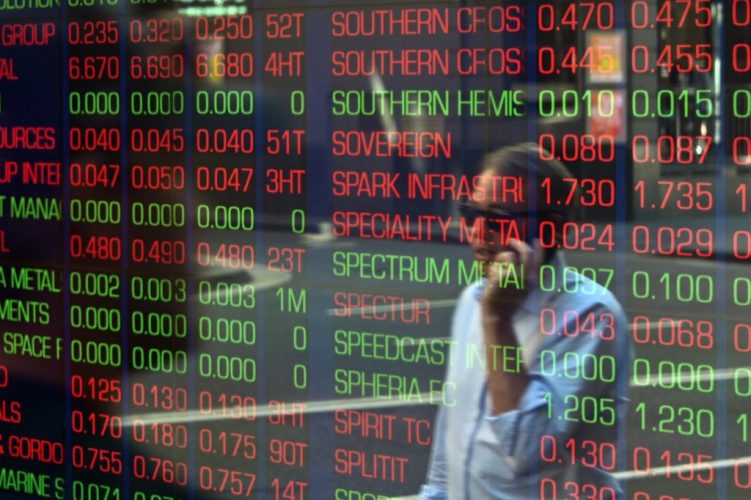Oil prices soared to a 14-year high, gold crossed $2,000 and shares sank in hectic trading on Monday as the risk of a US and European ban on Russian products and delays in Iranian talks triggered what was shaping up as a major ‘stagflationary’ shock for world markets.
Oil at one point rocketed almost 18% to $139.13 – the highest since mid-2008 – after US Secretary of State Antony Blinken said the White House and allies were in talks about banning imports from Russia.
That jump will act as a tax on consumers and the potential blow to global economic growth saw S&P 500 stock futures ESc1 drop 1.5%, while Nasdaq futures NQc1 shed 1.9%. US 10-year bond yields also dropped to their lowest since early January.
Having climbed 21% last week, Brent crude was further energised by the risk of a ban on Russian oil by the United States and Europe.
Nikkei, Sensex Plunge
Japan’s Nikkei sank 3.2%, while MSCI’s broadest index of Asia-Pacific shares outside Japan lost 1.6%. The Sensex opened 2.3% down and Chinese blue chips shed 0.8% amid a sea of red across Asian markets.
“If the West cuts off most of Russia’s energy exports it would be a major shock to global markets,” BofA chief economist Ethan Harris said.
He estimates the loss of Russia’s 5 million barrels could see oil prices double to $200 a barrel and lower economic growth globally.
And it is not just oil, as commodity prices have made their strongest start to any year since 1915, BofA said. Among the many movers last week, nickel rose 19%, aluminium 15%, zinc 12%, and copper 8%, while wheat futures surged 60% and corn 15%.
That will only add to the global inflationary pulse with US consumer price data this week expected to show annual growth at a stratospheric 7.9%, and the core measure at 6.4%.
All of which complicates the policy picture for the European Central Bank when it meets this week.
Stagflation Fears
“Given the potential for stagflation is very real, the ECB is likely to maintain maximum flexibility with its asset purchase programme at 20 billion euros through Q2 and potentially beyond, thus effectively pushing out the timing of rate hikes,” NAB economist Tapas Strickland said.
“Higher CPI forecasts, though, mean rate hikes will be needed on the horizon.”
The near-term prospect of a more dovish ECB combined with safe-haven flows to drive German 10-year bond yields down a huge 32 basis points last week. US 10-year yields were down at 1.69%, having already dropped 23 basis points last week.
Fed fund futures were also gaining as the market priced in a slower pace of rate rises from the Federal Reserve this year, though a March hike is still seen as a done deal.
With the outlook for European growth darkening, the single currency took a beating and fell 3% last week to its lowest since mid-2020. It was last down 0.8% at $1.0834 and in danger of testing its 2020 trough around $1.0635.
Euro Tumbling, Dollar Firmer
The euro was also tumbling against the Swiss franc to break under 1.0000 for the first time since early 2015.
The dollar was broadly firmer, supported in part by a strong payrolls report which only reaffirmed market expectations for a Fed hike this month. The dollar index was last at 99.134 having climbed 2.3% last week.
“Events in the Ukraine are increasingly overwhelming the euro,” Richard Franulovich, head of FX strategy a Westpac, said.
“With safe-haven flows likely to continue for sometime yet and Fed officials eager to press on with their policy normalisation plans, 100+ for (the dollar index) is just a matter of time.”
- Reuters with additional editing by Jim Pollard
ALSO READ:
How Russia’s Ukraine Invasion Has Hit World Markets
Ukraine Crisis Will Hit Markets, Supply Chains Hard: Analysts
Asian Markets Mixed as Ukraine Fears Return, Oil Drops
























